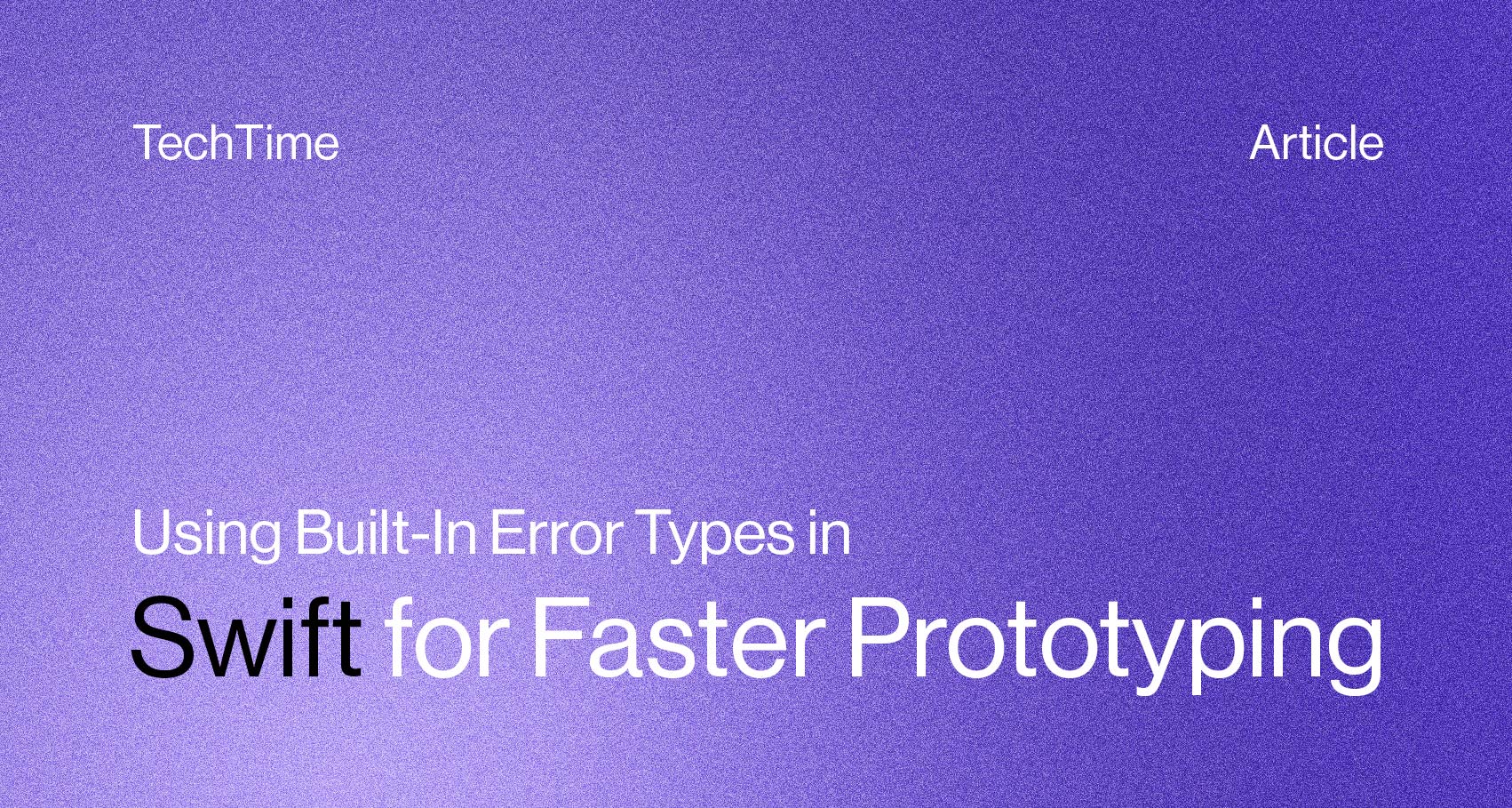
Developing a Minimum Viable Product (MVP) is a crucial step in the journey of any startup. An MVP is the most basic version of your product that allows you to test your business idea and gather valuable feedback from early users. By focusing on core functionalities and releasing a product quickly, startups can minimize risks, save costs, and refine their product based on real user input.
What is an MVP?
An MVP is a basic version of a product that allows a team to collect the maximum amount of validated learning about customers with the least effort. It is not meant to be perfect; instead, it should be a functional prototype that provides enough value to initial users and gathers critical feedback for further development.
Common Misconceptions About MVPs
- Overemphasis on Perfection:Many founders fall into the trap of striving for perfection before launch. They believe their first product must be flawless, fearing that releasing an imperfect version will damage their reputation or turn away potential customers. However, this approach contradicts the core principle of an MVP.
- Michael Seibel of Y Combinator explains that this fear is unfounded. The goal is to launch quickly, gather user feedback, and iterate. He points out that early adopters understand that initial versions might not be perfect and are willing to work with startups to improve the product. These users are not expecting a fully polished product but are interested in the potential solution it offers to their problem.
- Extensive Research and Planning:Another common error is spending too much time on preliminary research and planning. Founders might conduct numerous surveys and interviews or analyze competitors extensively before building their MVP. While understanding the market is crucial, excessive planning can delay the essential step of getting a product in front of users.
- According to Seibel, the best approach is to "launch something quickly and iterate." The real learning begins when the product is in the hands of users, not from endless speculation and analysis. An MVP allows you to start the conversation with your users and understand their needs more deeply through direct interaction with the product.
- Misinterpretation of Successful Products:Some entrepreneurs idolize successful products like the iPhone, believing they must replicate such perfection from the outset. They forget that iconic products went through multiple iterations and improvements before reaching their current state.
- Seibel highlights this by noting that the first iPhone lacked features like an app store, video recording, and 3G connectivity. The iPhone that revolutionized the market was not the first version but the result of continuous iteration and enhancement based on user feedback.
- Fear of Failure:Many founders are paralyzed by the fear that their product might fail or be rejected by users. This fear can lead to procrastination and an unwillingness to launch an MVP. Seibel advises founders to confront this fear head-on. The reality is that your startup doesn't die if the first version of your product isn't perfect. You can always iterate, improve, and re-engage with users.
Examples of Successful MVPs
- Airbnb:The first version of Airbnb was extremely basic. There were no payment systems, no map views, and users had to stay on air beds. It was initially focused on conference attendees who needed short-term lodging. Despite its simplicity, it was enough to validate the concept and gather crucial user feedback.
- Twitch:Twitch began as Justin.tv, a single channel where one of the founders broadcasted his life 24/7. It had minimal functionality and high operational costs. Yet, it attracted early users, provided valuable insights, and evolved into the Twitch platform we know today.
- Stripe:The first version of Stripe, then called /dev/payments, was incredibly rudimentary. It lacked many features that modern Stripe offers and required manual processing by a small bank. Despite its simplicity, it met the basic need of accepting credit card payments, which was sufficient for early adopters.
Watch the Video where Michael is talking extensively on this topic
Key Takeaways
- Launch Quickly and Iterate: The primary goal of an MVP is to launch quickly, gather user feedback, and iterate. Avoid getting bogged down by the pursuit of perfection or extensive preliminary research.
- Embrace Imperfection: Understand that your first product version will likely be flawed. Early adopters are generally tolerant of imperfections if they see potential in the solution you offer.
- Learn from User Feedback: Direct interaction with users through an MVP provides insights that no amount of surveys or planning can offer. Use this feedback to guide your iterations.
- Overcome Fear of Failure: Fear of launching an imperfect product can hinder progress. Remember that failure is not the end but an opportunity to learn and improve.
By addressing these common misconceptions and following the principles outlined above, you can effectively develop an MVP that meets user needs and sets the stage for future success.





